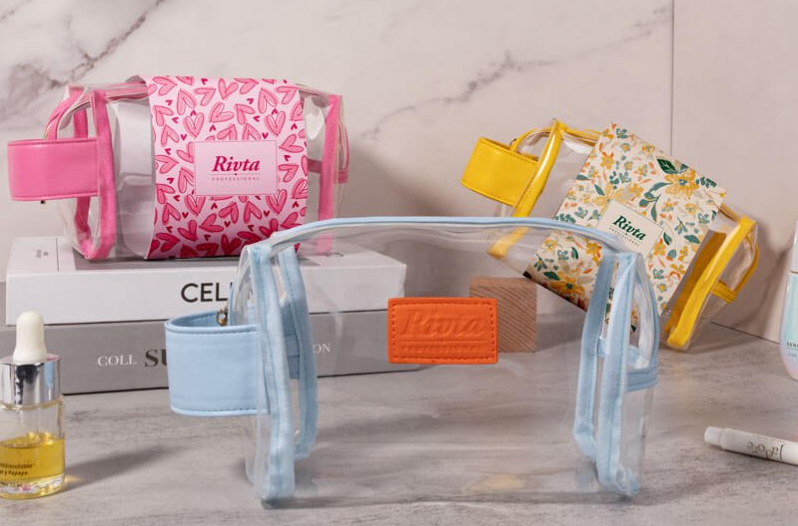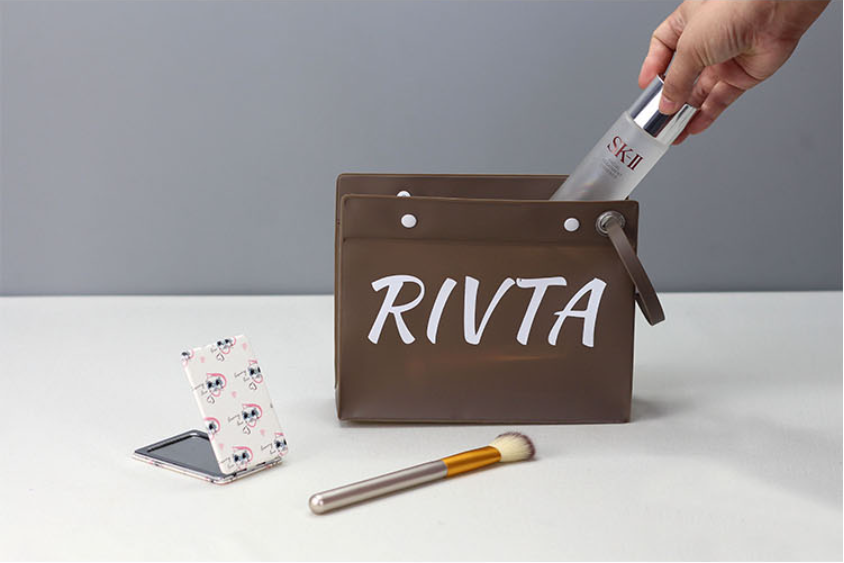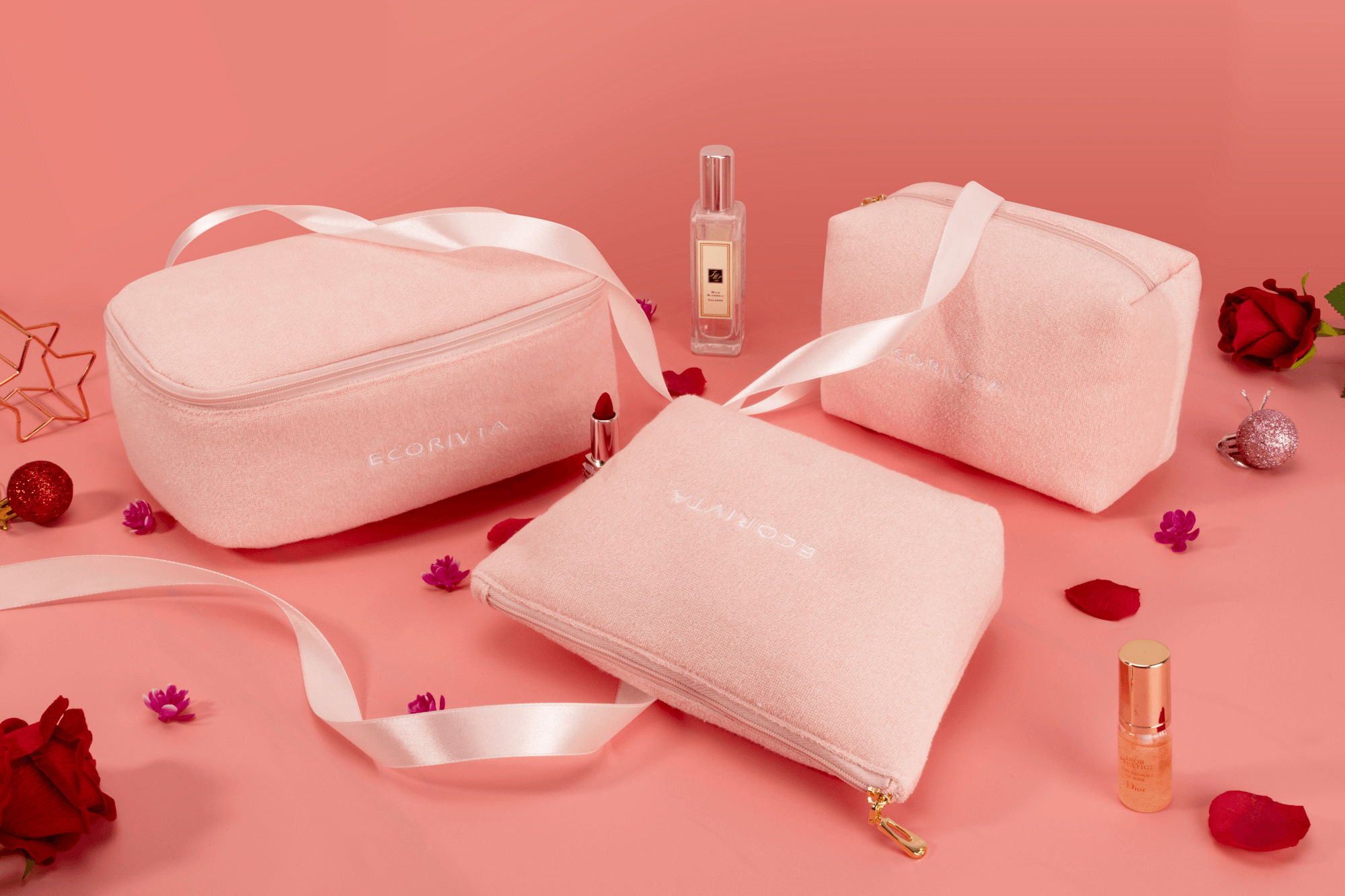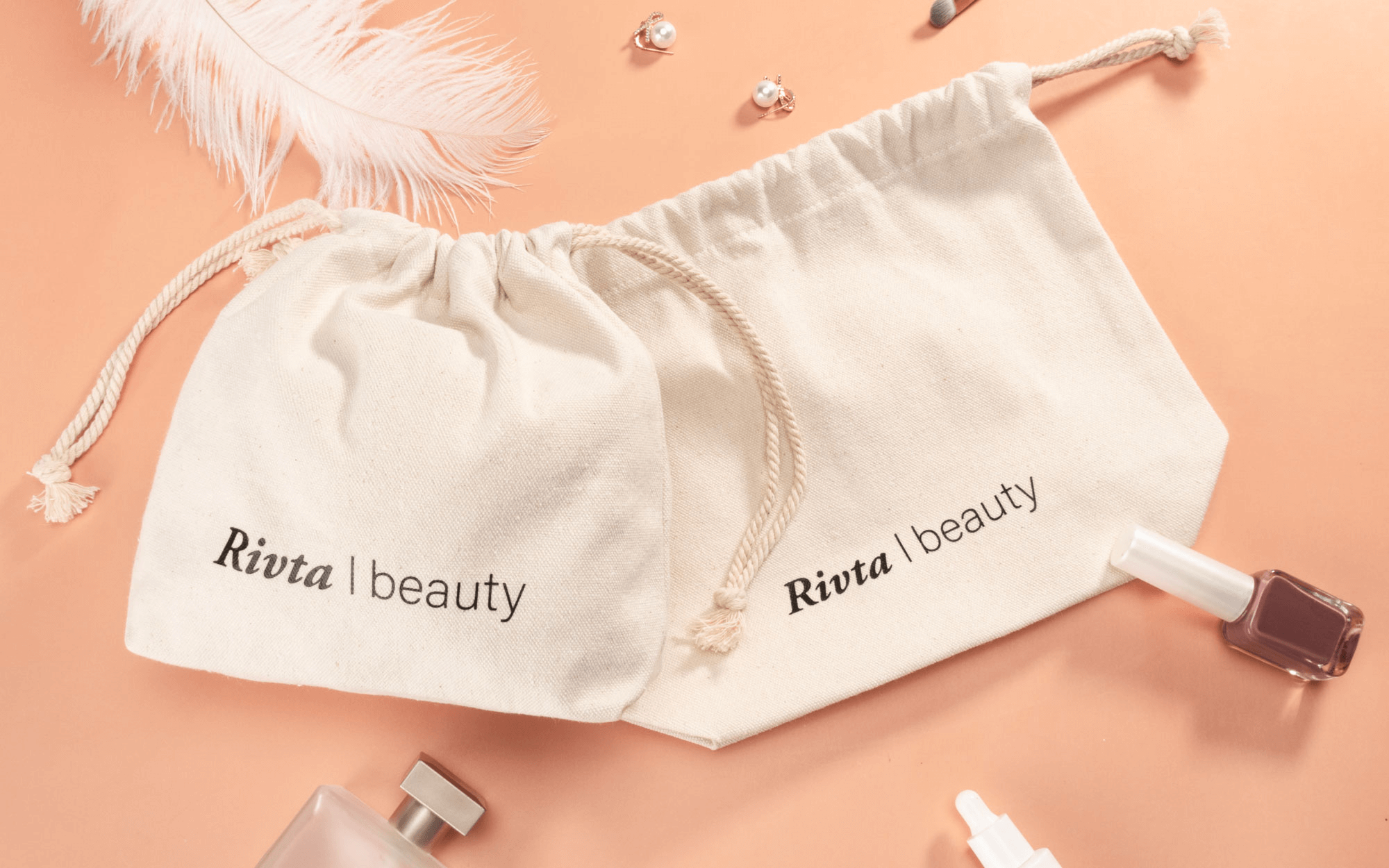Reusable Tote Bags vs. Single-Use Shopping Bags: What's Best for Your Holiday Campaign?
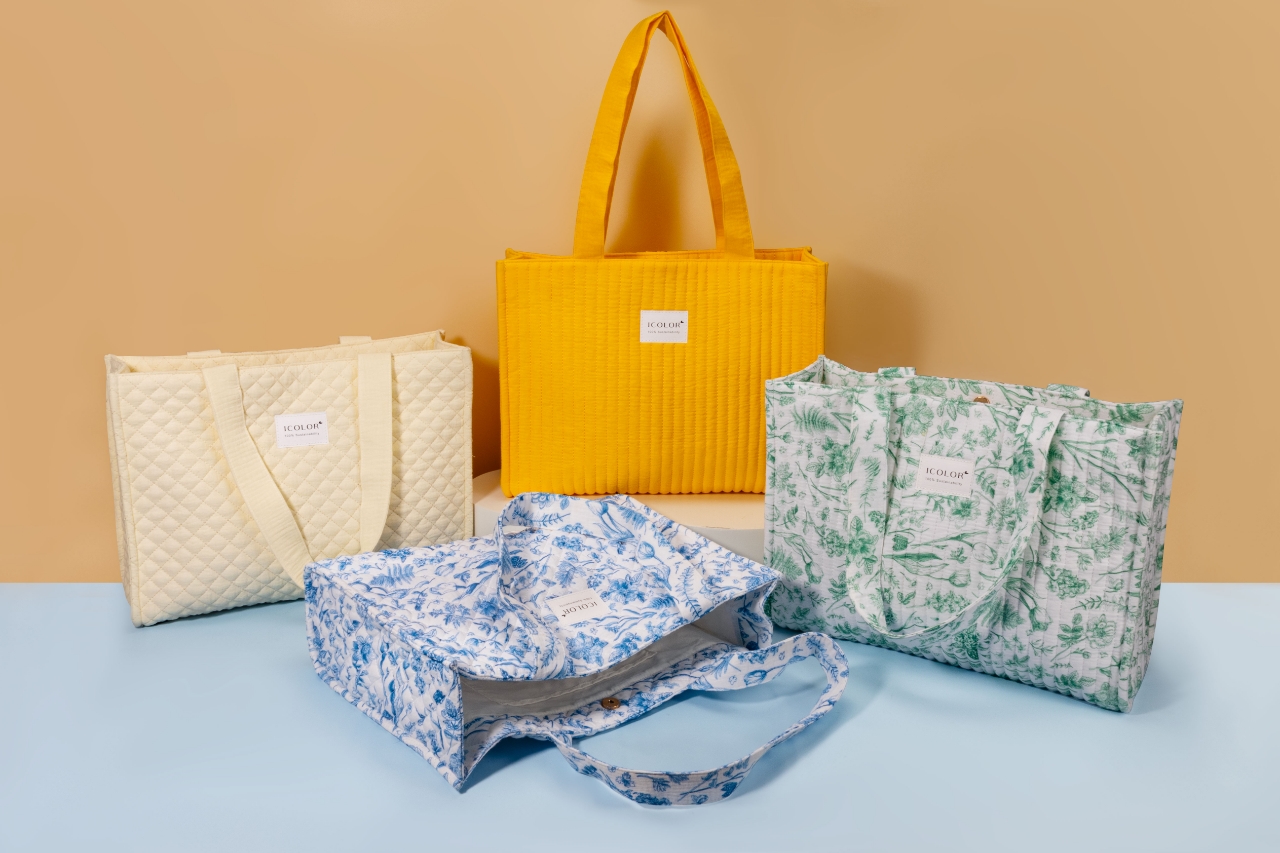
As the holiday season nears, businesses face a surge in shopping and gifting, making it the perfect time to rethink your campaign strategy. With consumption—and waste—peaking during this period, choosing the right shopping bag can set your brand apart. Should you opt for reusable tote bags or stick with single-use shopping bags? This decision impacts not just your bottom line but also your brand's reputation and environmental footprint.
In this article, we'll break down the key differences between reusable tote bags and single-use shopping bags, focusing on their environmental impact, marketing potential, cost-effectiveness, and consumer appeal. We'll also spotlight how Rivta, a trusted manufacturer of eco-friendly products, can elevate your holiday campaign with sustainable, custom solutions.
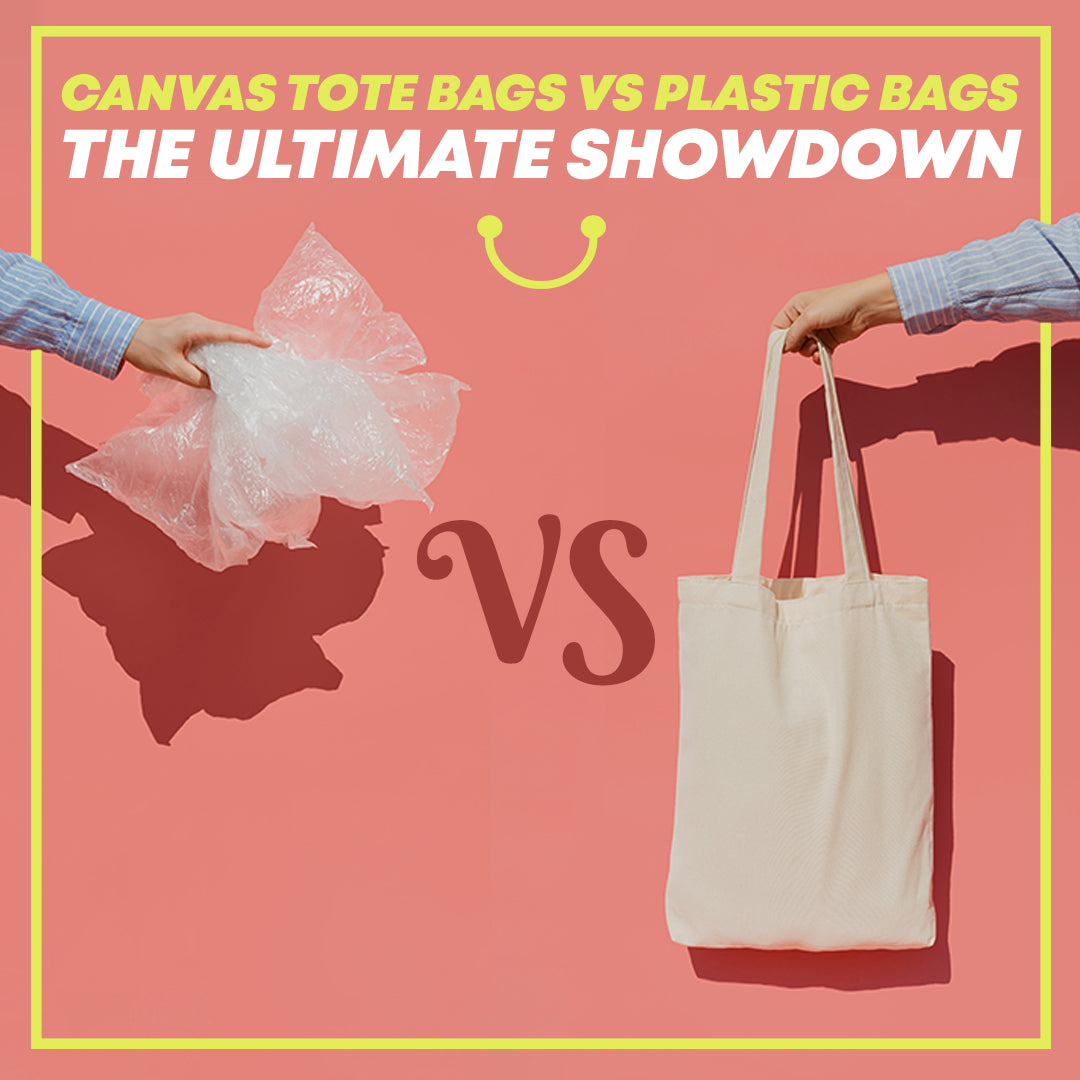
Environmental Impact: A Closer Look
Sustainability is no longer a buzzword—it's a business imperative. Let's compare the environmental footprints of reusable tote bags and single-use shopping bags with data-backed vision.
| Bag Type | Environmental Impact | Key Notes |
|---|---|---|
| Reusable Tote Bags (Cotton) | Higher initial impact; requires 131 uses to match plastic's climate footprint. | Made from natural fibers (cotton, jute), biodegradable, no microplastics. Decomposition: jute (weeks to months), cotton (6 months to 5 years). |
| Reusable Tote Bags (Nonwoven PP) | Lower initial impact; needs 11 reuses for parity with plastic. | Synthetic, durable, but less eco-friendly than natural fibers. |
| Single-Use Plastic Bags (HDPE) | Lowest initial toll; needs 2 reuses (e.g., as trash bags) for sustainability. | Contributes to microplastics; decomposition takes 10-20 years. Found in marine life, soil, air. |
| Single-Use Paper Bags | Higher impact than plastic; needs 3-43 uses to offset, unlikely due to fragility. | Recyclable (68.1% recovery rate in 2018), biodegradable, but production consumes 4x energy. |
| Single-Use Bagasse Bags | Biodegradable, compostable in 90 days, renewable (sugarcane). | Lower energy use in production, ideal for foodservice applications. |
Reusable tote bags, particularly those made from cotton or jute, have a higher upfront environmental cost due to resource-intensive production. However, their impact diminishes with repeated use. A cotton tote, for instance, needs 131 uses to offset its carbon footprint compared to a plastic bag—a goal easily met during the holiday shopping rush. In contrast, single-use plastic bags contribute to long-term pollution, with microplastics detected in ecosystems worldwide. Paper bags, while recyclable, demand significant energy, and their low durability limits reuse potential.
Marketing and Branding: Maximizing Visibility
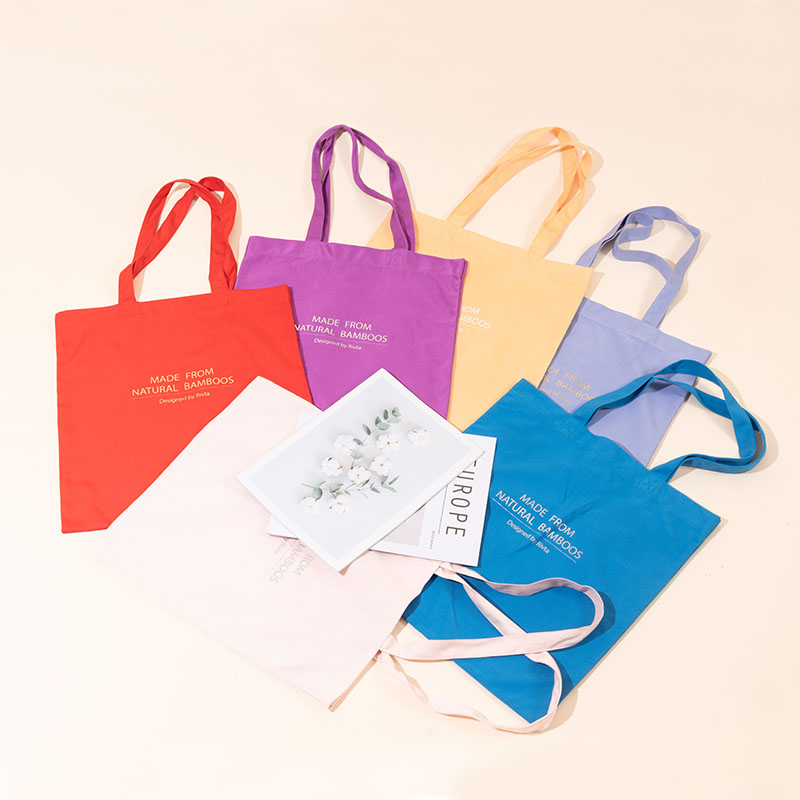
The holidays are a prime time for brand exposure, and reusable tote bags offer unmatched marketing potential:
- Customization: Custom reusable tote bags can feature your logo, brand colors, and festive designs, turning each bag into a mobile billboard. Studies suggest reusable bags generate up to 6,000 impressions over their lifespan.
- Longevity: Unlike single-use bags discarded after one trip, reusable totes keep your brand in circulation for months or even years.
- Sustainability Messaging: Aligning with eco-friendly trends boosts your brand's appeal, especially among environmentally conscious consumers—a growing demographic.
Single-use bags, such as plastic or paper, offer limited branding opportunities. While paper bags can be customized, their one-time use caps their visibility. Bagasse bags, though sustainable, lack the durability for long-term marketing impact.
Rivta excels in crafting custom, eco-friendly tote bags that amplify your brand. From holiday-themed cotton totes to rustic jute designs, our factory delivers products that blend style with sustainability, ensuring your campaign leaves a lasting impression.
Cost and Practicality: A Business Perspective
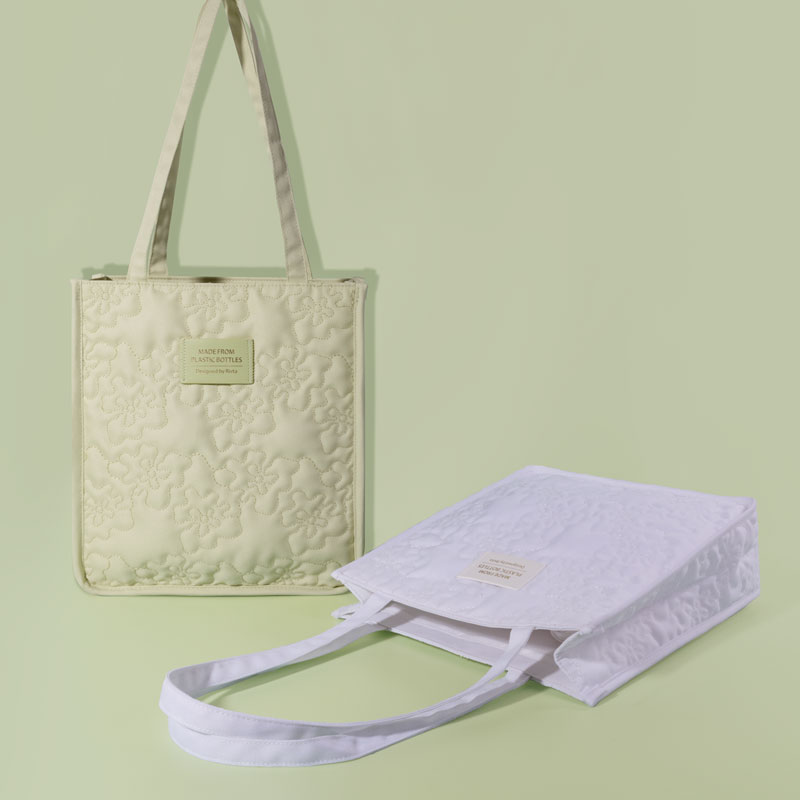
Budget considerations are critical for holiday campaigns. Here's how reusable tote bags stack up against single-use options:
- Upfront vs. Long-Term Costs: Reusable bags cost more initially (e.g., $2-$5 per cotton tote vs. $0.05-$0.10 per plastic bag), but their durability reduces the need for frequent restocking. Over time, this translates to savings.
- Revenue Potential: Offer reusable bags at a small fee or as a promotional giveaway (e.g., free with a $50 purchase) to offset costs and drive sales.
- Practicality: Reusable totes handle heavier loads—perfect for holiday hauls—while single-use bags often tear under pressure.
Single-use bags are cheaper upfront but require continuous replenishment, eroding savings during peak seasons. Paper and bagasse options, though sustainable, lack the versatility of reusable totes.
Rivta's wholesale pricing makes sustainable choices accessible. Our factory-direct model ensures competitive rates on high-quality, eco-friendly bags, helping you balance cost and impact.
Consumer Preferences: Winning Loyalty
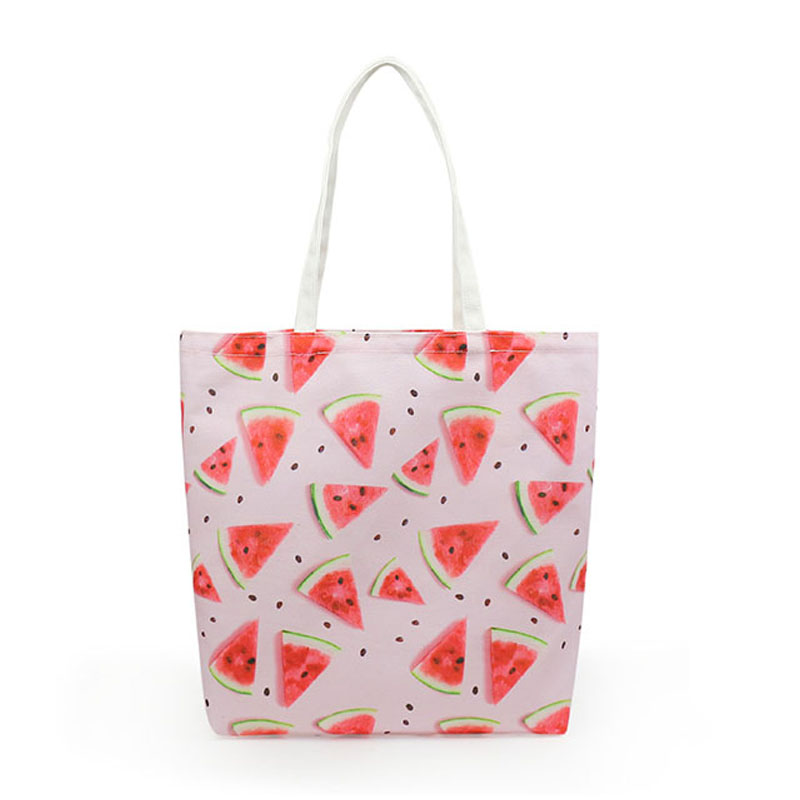
Today's consumers prioritize sustainability, especially during the holidays. Reusable tote bags align with this shift:
- Eco-Conscious Appeal: A 2022 NielsenIQ survey found 78% of global consumers value sustainability in their purchases. Offering reusable bags signals your brand's commitment to the planet.
- Loyalty Boost: A durable, branded tote becomes a keepsake, fostering goodwill and repeat business.
- Regulatory Trends: With plastic bag bans in over 100 countries, reusable options future-proof your campaign.
Single-use bags, particularly plastic, clash with these preferences. Consumers increasingly shun brands tied to waste, making reusable totes a strategic choice.
Holiday-Specific Advantages
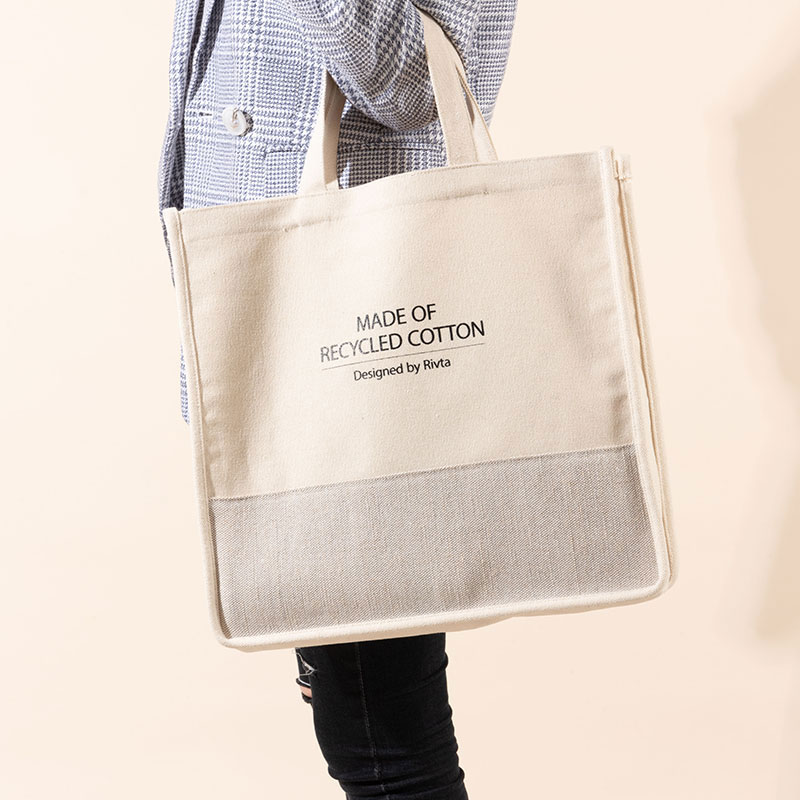
The holiday season amplifies the case for reusable tote bags:
- Festive Customization: Add holiday flair—snowflakes, gift motifs, or seasonal colors—to make your bags standout promotional items.
- Shopper Convenience: Durable totes handle multiple gifts and groceries, easing the holiday load.
- Giftable Design: Use totes as sustainable gift packaging, enhancing their appeal.
Single-use bags fall short here. They lack the festive charm and durability to compete, often ending up in the trash post-holidays.
Rivta's Edge: Sustainability Meets Style
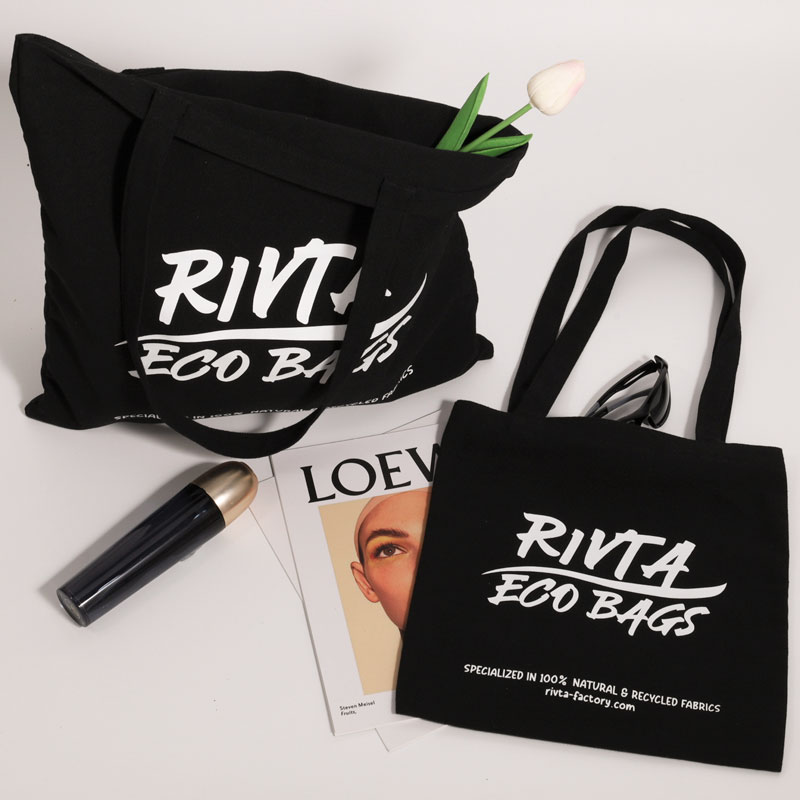
At Rivta , we're more than a manufacturer—we're your partner in sustainable innovation. Here's why we're the go-to choice for your holiday campaign:
- Eco-Friendly Materials: Our reusable tote bags, cosmetic bags, and accessories are crafted from natural fibers like cotton and jute, or recycled options like rPET. These biodegradable materials eliminate microplastic risks and align with circular economy principles.
- Customization Expertise: From custom logos to holiday designs, we collaborate with brands to create unique, eye-catching products that reflect your identity.
- Wholesale Efficiency: Our factory-direct wholesale model delivers premium quality at scale, ensuring affordability without compromise.
- Environmental Philosophy: Sustainability drives us. We minimize waste in production and prioritize renewable resources, helping your brand meet ESG goals.
Whether you need tote bags, jewelry boxes, or toiletry bags, Rivta offers eco-friendly solutions that resonate with CEOs, founders, and buyers seeking impactful holiday campaigns.
Conclusion

For your holiday campaign, reusable tote bags outshine single-use shopping bags in sustainability, branding, and cost-effectiveness. They're a smart investment that aligns with consumer values and regulatory shifts, all while amplifying your brand's presence.
Rivta is here to make your transition seamless. Our custom, wholesale tote bags—backed by our factory expertise and eco-friendly ethos—empower your brand to shine this holiday season. Contact us at Rivta to explore how we can elevate your campaign with sustainable style.
